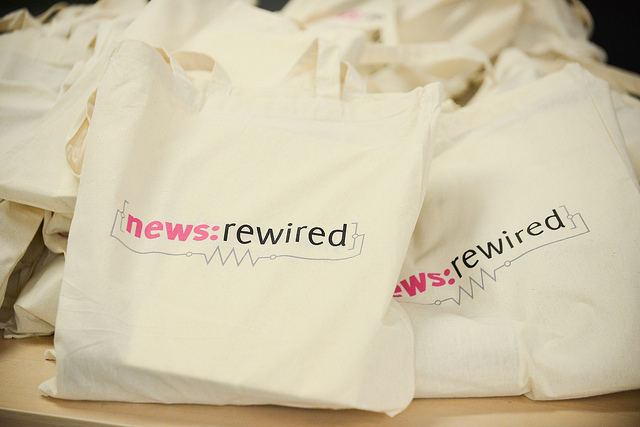During the pandemic, journalists have had to get used to doing remote interviews. But here is the thing: we got a taste for it now. We have realised remote interviews can be a convenient and reliable option for creating content with guests further afield, so it is not going away anytime soon. The trouble is […]
Sponsored content: How Blinder can revolutionise your newsroom’s remote interview


